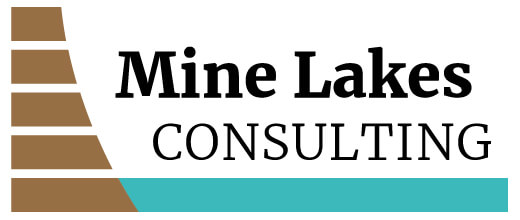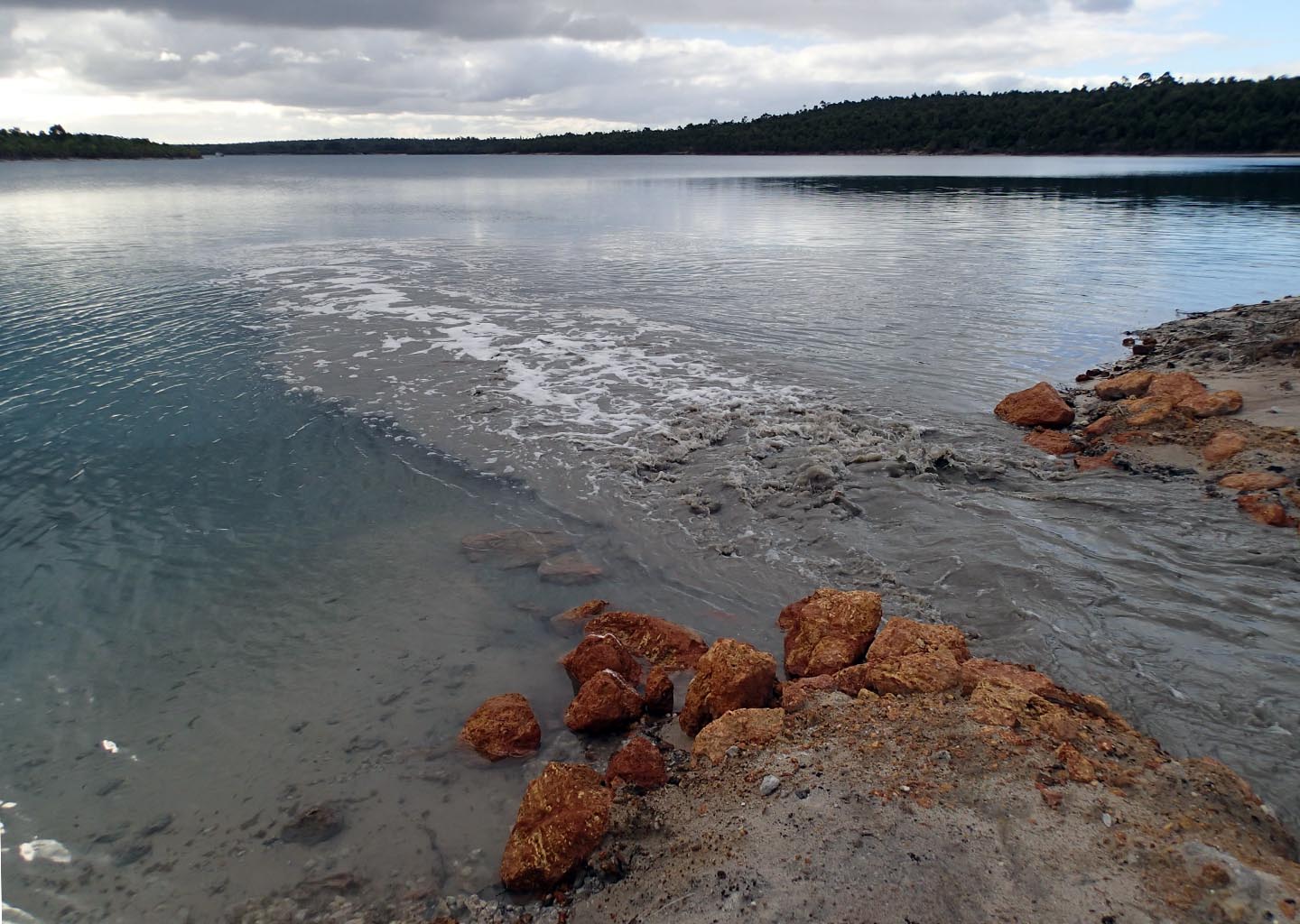Flow-through closure strategy development following riverine breach of an acid coal mine pit lake that had been partially backfilled. We began with a literature review considering key risk and opportunities from existing, and proposed case studies for pit lakes with flow-through as a mine closure strategy. We then determined what effect unplanned river flow-through had had on water quality and environmental values lake biological, chemical and physical indicators through field studies. This work included studies of effects of AMD contaminated pit lake discharge on receiving regional river water quality and risk to loss of end use values.
We then developed a Water Management Plan (WMP) to trial a novel river flow-through closure strategy to improve pit lake water quality to meet stakeholder expectations and end uses. The WMP derived site-specific water quality trigger values and demonstrated that river water was naturally elevated in iron and manganese concentrations, and further impacted by deforestation raising salt levels, such that water quality guidelines were not relevant for these parameters.
The WMP used an Adaptive Management approach to advance the strategy within a flexible framework and monitoring program that protected values of downstream receiving systems. Regular community communication of findings and stakeholder consultation from initial scoping studies to monitoring results and study conclusions enabled a closure trial to go ahead with an aim of being a final closure.
This project was shortlisted in 2015 for a Western Australian government Golden Gecko environmental sustainability award.


